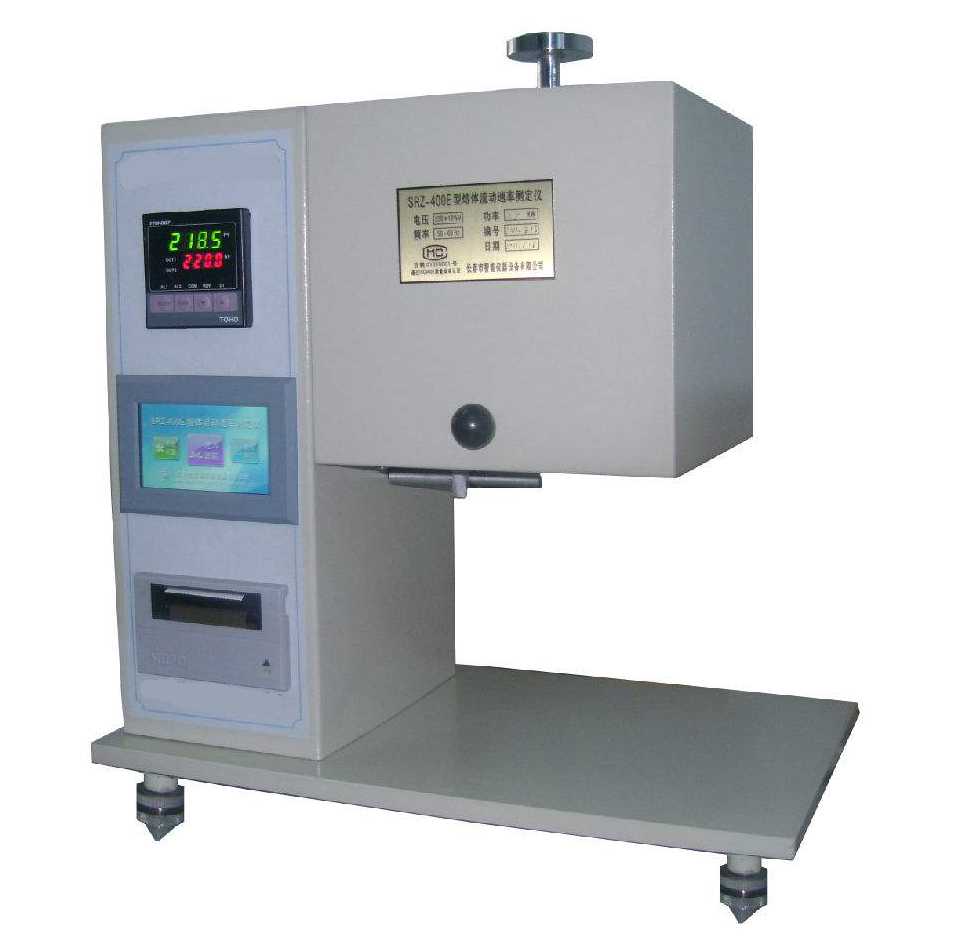
NewsInformation Center
What is the difference between ISO 1133 and ASTM D1238?
2023/08/18
ISO 1133 and ASTM D1238 are two commonly used test methods for determining the Melt Flow Index (MFI) or Melt Flow Rate (MFR) of thermoplastic materials. Although they serve a similar purpose, there are some differences between these standards in terms of test conditions and parameters. Here are the key distinctions:

1. Standard Organizations:
- ISO 1133: This test method is developed by the International Organization for Standardization (ISO).
- ASTM D1238: This test method is developed by the American Society for Testing and Materials (ASTM), now known as ASTM International.

2. Test Conditions:
- Temperature: Both ISO 1133 and ASTM D1238 specify the test temperature for conducting the MFI test. However, the temperature range and increments may differ slightly. ISO 1133 typically provides a wider range of temperature options.
- Load: The test load applied during extrusion can differ between the two methods. ISO 1133 allows the use of different load options, while ASTM D1238 typically specifies a load of 5 kg (or 10 lb) for most materials.
- Die Diameter: ISO 1133 offers multiple die diameter options, allowing the selection of an appropriate die size based on the material's expected melt flow rate. ASTM D1238 specifies a fixed die diameter of 2.095 mm.
3. Calculation of MFI:
- ISO 1133: MFI is reported in terms of Melt Mass Flow Rate (MFR) in grams per ten minutes (g/10 min).
- ASTM D1238: MFI is reported in terms of Melt Flow Rate (MFR) or Melt Flow Index (MFI) in grams per ten minutes (g/10 min). The term "Melt Flow Index" is more commonly used in ASTM standards.
It is important to note that while ISO 1133 and ASTM D1238 have some differences, they both aim to measure the flow properties and melt characteristics of thermoplastic materials using similar principles. The choice of test method may depend on factors such as regional standards, specific industry requirements, or personal preference.
Manufacturers and testing laboratories should select the appropriate test method based on the relevant standards and regulations governing their specific applications or regions. It is recommended to consult the specific requirements of the material, industry, or customer to ensure compliance and consistency in testing.
Previous: ISO 6925 Flammability test for carpets
N e x t : What is salt spray testing for corrosion resistance?



